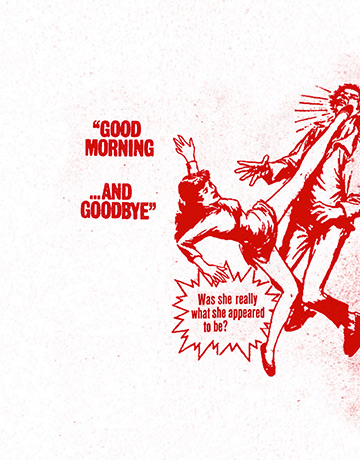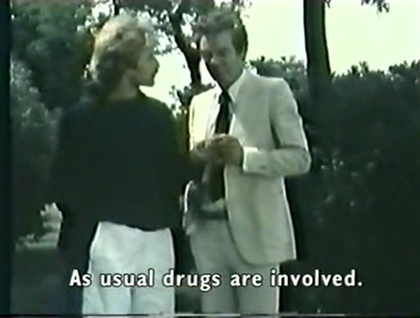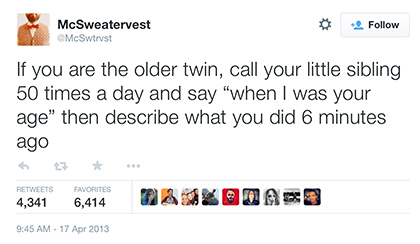[T]he Inuit, the Masai, and the Samburu people of Uganda all originally ate diets that were 60-80% fat and yet were not obese and did not have hypertension or heart disease.
The hypothesis that saturated fat is the main dietary cause of cardiovascular disease is strongly associated with one man, Ancel Benjamin Keys, a biologist at the University of Minnesota. […] Keys launched his “diet-heart hypothesis” at a meeting in New York in 1952, when the United States was at the peak of its epidemic of heart disease, with his study showing a close correlation between deaths from heart disease and proportion of fat in the diet in men in six countries (Japan, Italy, England and Wales, Australia, Canada, and the United States). Keys studied few men and did not have a reliable way of measuring diets, and in the case of the Japanese and Italians he studied them soon after the second world war, when there were food shortages. Keys could have gathered data from many more countries and people (women as well as men) and used more careful methods, but, suggests Teicholz, he found what he wanted to find. […]
At a World Health Organization meeting in 1955 Keys’s hypothesis was met with great criticism, but in response he designed the highly influential Seven Countries Study, which was published in 1970 and showed a strong correlation between saturated fat (Keys had moved on from fat to saturated fat) and deaths from heart disease. Keys did not select countries (such as France, Germany, or Switzerland) where the correlation did not seem so neat, and in Crete and Corfu he studied only nine men. […]
[T]he fat hypothesis led to a massive change in the US and subsequently international diet. One congressional staffer, Nick Mottern, wrote a report recommending that fat be reduced from 40% to 30% of energy intake, saturated fat capped at 10%, and carbohydrate increased to 55-60%. These recommendations went through to Dietary Guidelines for Americans, which were published for the first time in 1980. (Interestingly, a recommendation from Mottern that sugar be reduced disappeared along the way.)
It might be expected that the powerful US meat and dairy lobbies would oppose these guidelines, and they did, but they couldn’t counter the big food manufacturers such as General Foods, Quaker Oats, Heinz, the National Biscuit Company, and the Corn Products Refining Corporation, which were both more powerful and more subtle. In 1941 they set up the Nutrition Foundation, which formed links with scientists and funded conferences and research before there was public funding for nutrition research. […]
Saturated fats such as lard, butter, and suet, which are solid at room temperature, had for centuries been used for making biscuits, pastries, and much else, but when saturated fat became unacceptable a substitute had to be found. The substitute was trans fats, and since the 1980s these fats, which are not found naturally except in some ruminants, have been widely used and are now found throughout our bodies. There were doubts about trans fats from the very beginning, but Teicholz shows how the food companies were highly effective in countering any research that raised the risks of trans fats. […]
Another consequence of the fat hypothesis is that around the world diets have come to include much more carbohydrate, including sugar and high fructose corn syrup, which is cheap, extremely sweet, and “a calorie source but not a nutrient.”2 5 25 More and more scientists believe that it is the surfeit of refined carbohydrates that is driving the global pandemic of obesity, diabetes, and non-communicable diseases.
{ The BMJ | Continue reading }






















